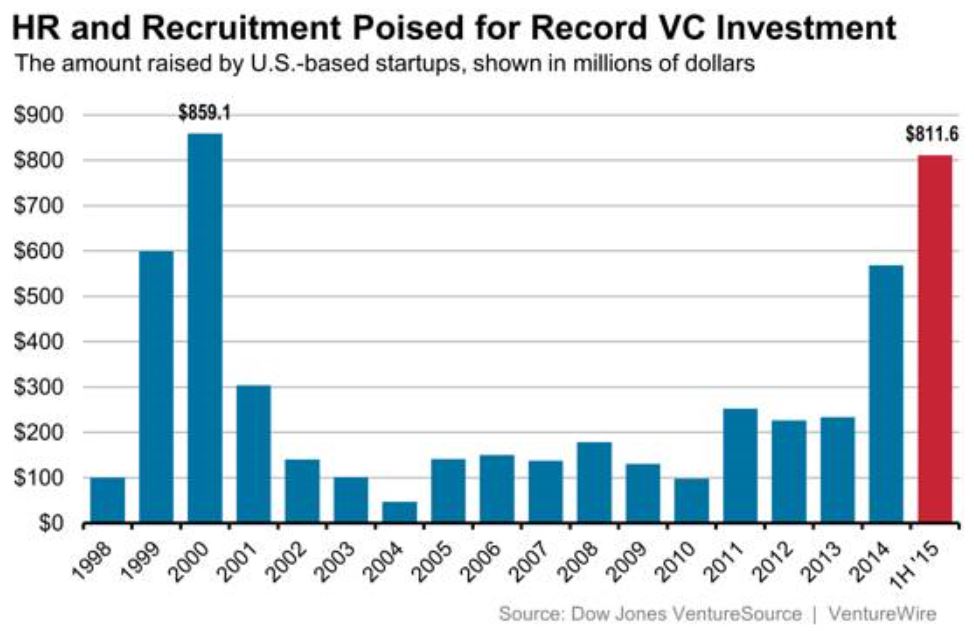 Regardless of party affiliation or politics, the first 100 days of the any new presidential administration are expected to bring change. The Trump administration is no different in that regard. He has made promises to voters and has gone as far as presenting a contract with America. With the Republican party controlling both the house and the senate, the Trump Administration has a good chance of executing on some of its promises in its first 100 days’ plan.
Regardless of party affiliation or politics, the first 100 days of the any new presidential administration are expected to bring change. The Trump administration is no different in that regard. He has made promises to voters and has gone as far as presenting a contract with America. With the Republican party controlling both the house and the senate, the Trump Administration has a good chance of executing on some of its promises in its first 100 days’ plan.
For our audience of HR folks, what challenges will Trump’s first 100 days present?[i]
There are 4 key points in the position statement from Trump-Pence that will likely affect HR in the first hundred days of a Trump administration. [ii] Here’s what that could look like for HCM:
- Repeal and Replace Obamacare Act. Precisely what Trump would hope to avoid by repealing ACA may become an unintended consequence. The national dialog regarding repealing and replacing the Affordable Healthcare Act will likely create more uncertainty about the future of employer sponsored healthcare in the workplace. Proposed changes to HSAs could radically increase the popularity of these programs. With the potential for accumulated HSA amounts available to pass between members of a family and onto the next generation, and HSA and a high deductible health plan may become the new normal.
- End The Offshoring Act. Companies that offshore production work, manufacturing, or even software development work should begin the planning process to reconsider if those decisions will be beneficial longer term under a Trump administration.
- End Illegal Immigration Act. Besides building a wall that Mexico will pay for, the Trump Administration plan to end illegal immigration will likely push E-Verify to the forefront as an employer mandate.[iii] HR departments should embrace this technology now. It works well enough, and it is always in your best interest to hire legally authorized individuals, so there’s not downside to getting started with E-Verify immediately.
- Middle Class Tax Relief And Simplification Act. The Trump Administration will likely roll out new payroll tax brackets early in 2017. I would also expect that HR departments will have to enroll employees in a new class of IRS approved payroll deductions for dependent care and elder care with matching contributions from the Federal government.
Ready or not, the first 100 days will bring HCM to the forefront as we respond to both new and anticipated legislative changes and executive orders.
[i] Trump, Donald. (11 Nov. 2016). Donald Trump 1st 100 Days.
http://www.npr.org/2016/11/09/501451368/here-is-what-donald-trump-wants-to-do-in-his-first-100-days
[ii] DonaldTrump.com. (2016). Healthcare Reform to Make America Great Again. Accessed 11 Nov. 2016 from https://www.donaldjtrump.com/positions/healthcare-reform
[iii] Moody, Kathryn. (9 Nov. 216) What President Trump with mean for HR. HRDive.com. Accessed from http://www.hrdive.com/news/what-president-trump-will-mean-for-hr/430062/

 Billions of dollars invested in HR technology companies have created a handful of new and reborn one-size-fits-all HCM vendors who made a big splash on the HR scene throughout 2015 and 2016. Not to be outdone, niche HR specialist vendors have upped the ante with some very compelling niche products targeting recruiting, performance, learning, compliance, and social collaboration. Choice is always a good thing for HR departments. How does all this investment in HR technology companies change the way HR executives think about using technology within their operations?
Billions of dollars invested in HR technology companies have created a handful of new and reborn one-size-fits-all HCM vendors who made a big splash on the HR scene throughout 2015 and 2016. Not to be outdone, niche HR specialist vendors have upped the ante with some very compelling niche products targeting recruiting, performance, learning, compliance, and social collaboration. Choice is always a good thing for HR departments. How does all this investment in HR technology companies change the way HR executives think about using technology within their operations?